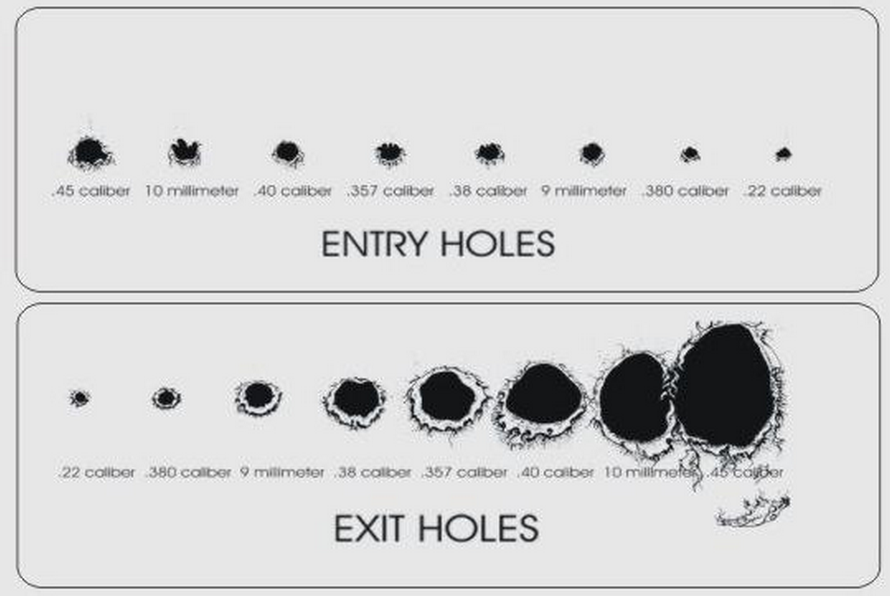A Bullet In Barrel Diagram

The original musket bullet was a spherical lead ball smaller than the bore wrapped in a loosely fitted paper patch which served to hold the bullet in the barrel firmly upon the powder.
A bullet in barrel diagram. Rimmed bullets are well suited to revolver actions and not so very well to guns that feed the ammo from box magazines. Push the bullet out with a cleaning rod or drop a smaller caliber bullet down the barrel to dislodge it as described earlier. 1 assuming a constant horizontal acceleration over a distance of 46 0 cm starting from rest with no friction between the bullet and the barrel what force does the rifle exert on the bullet while it is in the barrel. Place the bullet back into the neck of the modified case and measure the overall length of the cartridge with a bullet comparator.
The bullet has a muzzle velocity of 950m s just as it leaves the barrel. However for illustration here is the energy balance of a typical small firearm for. A rifle shoots a 4 60g bullet out of its barrel. Revolver bullets are held in place by a combination of neck tension and a roll crimp where the mouth of the case is rolled over into the crimp groove lead bullets or the cannellure jacketed bullets.
The bullet will probably stick in the rifling. The following bullet ballistics chart shows what happens data adapted from a pressure time curve in the excellent text any shot you want a loading manual by art alphin s a square. Assuming a constant horizontal acceleration over a distance of 41 0cm starting from rest with no friction between the bullet and the barrel what force does the rifle exert on the bullet while it is in the barrel. The bullet is on its way.
Lead bullets have a band of lubricant around the sides to prevent leading of the barrel. I got the right answer of 4190 n. With rimmed bullets the rim has a much larger diameter than the base of the bullet cartridge which serves to keep the cartridge in the chamber of the firearm and to hold the cartridge at the proper depth in the chamber. When rifle bullets exit the barrel of a gun they typically have an initial speed called the muzzle velocity that ranges from about 2000 km h 1200 mph or 550 m s up to about 4500 km h 2800 mph or 1250 m s.
From a thermodynamic point of view a firearm is a special type of piston engine or in general heat engine where the bullet has a function of a piston. The energy conversion efficiency of a firearm strongly depends on its construction especially on its caliber and barrel length. Withdraw the entire assembly from the firearm. If you put numbers like that into the equations you ll find a rifle bullet fired at an angle of 45 ought to travel about 100.


















